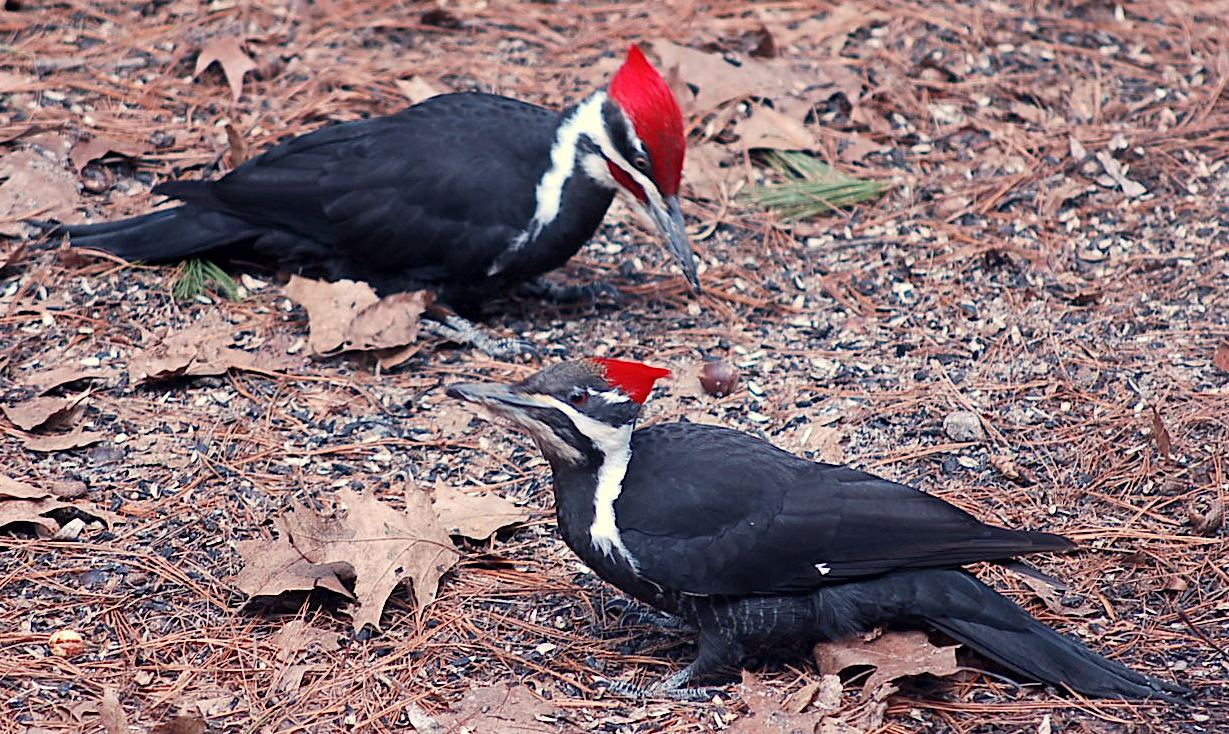Native Woodpeckers in Florida: A Guide to Species and Behaviors
Native Woodpeckers in Florida: A Guide to Species and Behaviors
Blog Article
Discover the Interesting World of Woodpeckers: Every Little Thing You Required to Know
The world of woodpeckers is a realm loaded with special behaviors, complex adjustments, and a diverse variety of species. From their environments and distribution patterns to their feeding routines and specialized physiological functions, woodpeckers have actually long mesmerized the passion of ornithologists and nature enthusiasts alike.
Woodpecker Habitats and Distribution
Woodpeckers occupy a diverse variety of settings worldwide, showcasing adaptability in their distribution patterns. These resilient birds are found in forests, woodlands, savannas, and deserts across different continents, demonstrating their capability to prosper in various weather conditions. In The United States and copyright, as an example, woodpeckers can be found in both coniferous and deciduous forests, using their strong beaks to forage for pests and develop nesting dental caries in trees. Likewise, in Africa, particular woodpecker types have adapted to arid settings, such as the acacia woodlands, where they play an important function in controlling insect populations.

Feeding Behaviors and Diet Plan
Woodpeckers use their solid beaks to drill right into the bark of trees, probing for insects and larvae concealed below the surface. In addition to bugs, woodpeckers additionally eat nuts, seeds, fruits, and sap.
Woodpeckers are understood for their drumming actions, which offers not only to communicate with other woodpeckers but additionally to find food. The rapid drumming noise is created by the bird pecking on powerful surface areas like dead trees or metal poles. This actions can draw in bugs hidden in the wood, permitting the woodpecker to detect their visibility and eat them.
Distinct Adaptations for Tree Climbing
In their experienced quest of pests concealed within tree bark, woodpeckers have advanced exceptional anatomical features that outfit them with special adjustments for reliable tree climbing. One of the key adjustments is their zygodactyl feet, with two toes directing ahead and 2 directing backward, giving a strong grip on tree trunks. This customized foot plan permits woodpeckers to hold on to upright surfaces easily, allowing them to go up and down trees with dexterity. Additionally, woodpeckers have rigid tail feathers that function as a supportive prop while they climb up, assisting in equilibrium and security. Their strong, chisel-like beaks are not just used for boring right into wood but likewise for gripping onto bark as they rise tree trunks. Woodpeckers have solid neck muscles and a special head structure that absorb the effect of consistent pecking, enabling them to climb up vertically without triggering damage to their minds. These adjustments showcase the amazing transformative design that allows woodpeckers to browse trees with accuracy and efficiency.
Diverse Woodpecker Variety Worldwide
With over 200 various varieties spread out throughout different habitats worldwide, the household of Picidae includes an impressive variety of woodpeckers. These birds can be located in woodlands, forests, savannas, and even urban locations, showcasing their flexibility to various settings. From the famous Northern Flicker in The United States And copyright to the vibrant and elusive Crimson-backed Flameback in Asia, each woodpecker varieties exhibits distinct features in terms of plumage, behavior, and habitat choice.
Woodpeckers differ significantly in size, with the diminutive Downy Woodpecker gauging around 6-7 inches in size, while the powerful Lineated Woodpecker can rise to 17 inches - web Woodpeckers in Florida. Their beaks additionally are available in various sizes and shapes, mirroring their feeding routines. Some types specialize in removing bugs from tree bark, like the Acorn Woodpecker, while others, such as the Black-cheeked Woodpecker, eat fruits and seeds

Conservation Efforts and Obstacles
Conservation campaigns for woodpecker populations are crucial in minimizing the effect of habitat loss and various other dangers encountering these diverse avian species. Woodpeckers face various challenges to their survival, largely due to logging, urbanization, environment change, and invasive species. To deal with these problems, conservation efforts concentrate on protecting and discover this info here restoring woodpecker habitats, executing sustainable forestry practices, and raising awareness concerning the importance of these birds in ecosystems.
One significant challenge in woodpecker preservation is the fragmentation of their habitats, leading to isolated populations that are a lot more susceptible to extinction - Woodpeckers in Florida. Conservationists work to develop wild animals passages and safeguarded locations that link these fragmented habitats, allowing woodpeckers to relocate in between different areas for feeding, reproducing, and shelter

Final Thought
In conclusion, woodpeckers are fascinating birds with unique adjustments for tree climbing and feeding actions. Additional research study and conservation activities are required to make certain the survival of woodpeckers in the wild.
Report this page